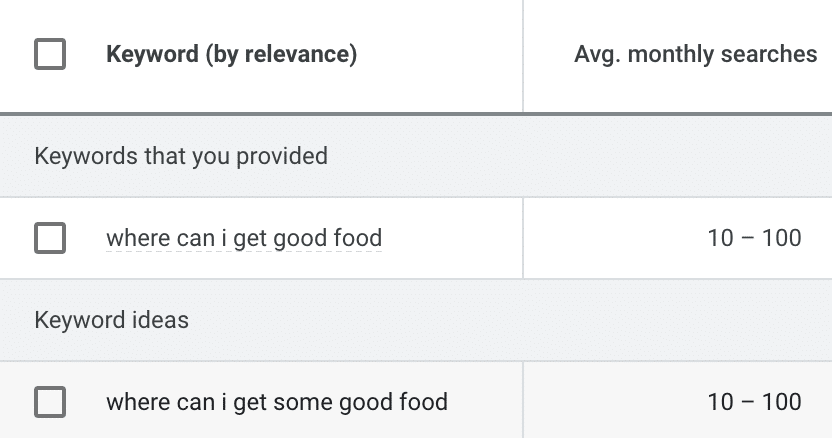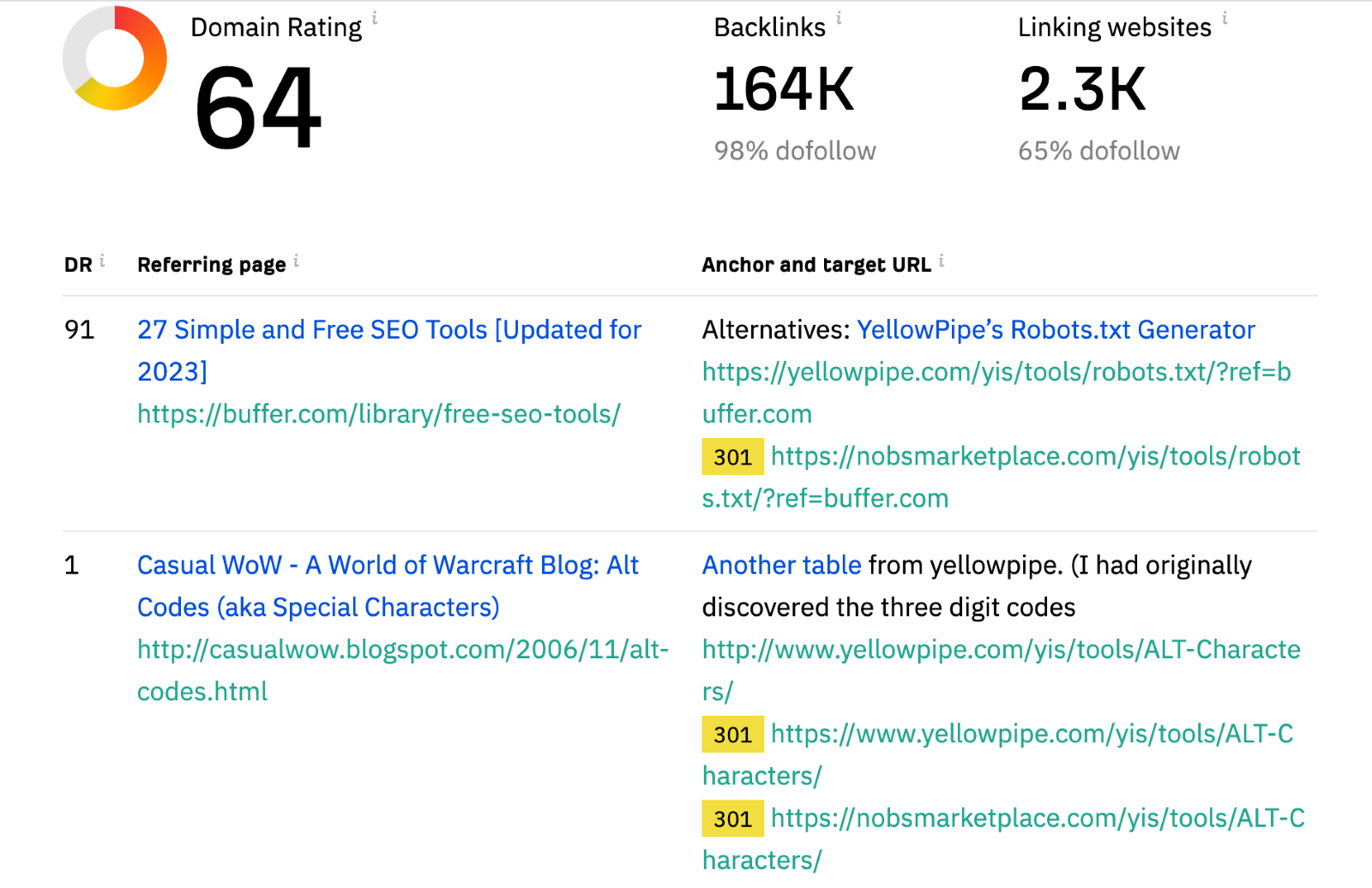Recent research shows that 53.3% of web traffic comes from organic searches, while paid search has grown over the past few years to 15%. On the other hand, organic social media has maintained at 5% since 2014. Notably, the share of organic traffic was 51% in 2014, which has grown by 2% despite businesses investing more in inorganic options, highlighting its importance in web traffic.
That means there may be better approaches than pouring resources into Google and Facebook ads. For one, organic search is cheaper and could generate more than three times the traffic through paid searches. Of course, it has drawbacks, such as it demands a lot of commitment and takes time before you see the results, thus the need to have the right strategies; more on this later in the article.
But first, here is a quick overview of organic and inorganic traffic to give you a more in-depth understanding of how they work.
What is Organic Traffic?
Organic traffic is the traffic you generate through natural, unpaid sources like search engines and social media. The visitors you get through backlinks or partner websites also fall into this category. 
It’s worth noting that search engine optimisation (SEO) drives organic traffic. That means the higher your site ranks on the search engine results pages (SERPs), the more traffic you’ll enjoy.
Also, visits through this channel often result from the user’s query. So, it’s easier to convert leads as they consist of genuine interest.
What are the sources of organic traffic?
- Organic searches
- Content marketing
- Social media marketing
- Guest posting
- Q&A forums
That said, learning how to use and optimise these sources is essential to growing organic traffic to your website. But before you get there, here are some pros and cons to keep in mind:
Pros of Organic Traffic
- Cost-effective: Organic traffic doesn’t require direct payment for traffic acquisition. You may only need to chip in some money when paying your marketing staff or for outsourced SEO services.
- Long-term benefits: An organic source can generate traffic to your website even after you’ve completed your initial efforts. For instance, high-quality content will continue attracting readers for years as long as it’s engaging and relevant.
- High-quality leads: As mentioned earlier, organic traffic results from user interest and intent. It consists of people actively searching for information or solutions related to your business. As such, they’re more likely to convert into customers.
Cons of Organic Traffic
- Time-consuming: The most significant drawback of organic traffic is its time to build and get results. You can develop your strategy for weeks, and it could take months to reap reasonable profits. And since it involves creating high-quality content, optimising your website for search engines, and building backlinks, the process could take months, especially given the level of online competition today.
- Unpredictable outcomes: There’s no guarantee that you’ll get the desired results even after investing time and energy into your strategies. This unpredictability is due to factors such as search engine algorithms and changes in user behaviour. Therefore, keeping an open mind throughout the process is essential.
- Competition: There are about two billion websites today, and more are created daily. That means you must compete with millions of publishers for the same traffic. Therefore, seeing the results can be difficult or take longer, especially in a highly competitive niche.
What Is Inorganic Traffic?
Inorganic traffic is the web traffic generated through paid advertising and marketing efforts. That means the traffic you get through this channel depends on your budget. 
The primary sources of inorganic traffic include:
- Pay-per-click (PPC)
- Display advertising
- Social media advertising
- Influencer marketing
- Email marketing
It’s often considered less valuable than organic because it doesn’t necessarily result from user interest. Instead, the online marketing team pushes the content to potential clients, hoping they’ll be interested in your products and services.
Pros of Inorganic Traffic
- Paid advertising allows you to reach your target audience immediately. As such, it can generate results more quickly than organic traffic.
- You have more control over who sees the advertisements. For instance, you can choose your target audience based on demographics, interests, location, and other criteria.
- You can predict the outcome of your campaign, unlike organic traffic. Various platforms like Google and Facebook allow you to track the results and adjust your strategy accordingly.
Cons of Inorganic Traffic
- It can be costly, especially targeting highly competitive keywords or audiences. As such, it may limit the overall return on investment.
- Some users may view inorganic traffic as less trustworthy. Given the number of scammers today, you can understand why some people are sceptical of advertisements. As such, they’re likelier to click on organic search results or social media posts.
- This lead generation approach is less sustainable than organic traffic, especially since maintaining it requires ongoing investment, and the traffic may drop once you stop paying for advertisements.
Generally, inorganic traffic is an excellent option if you want instant results. However, going organic would be ideal for building a long-term and sustainable project.
Strategies for Growing Organic Traffic
Despite being time-consuming, and sometimes frustrating, organic traffic can better generate qualified leads. Here are ways to help grow this traffic:
- Conduct keyword research
Keyword search is the first thing in most SEO campaigns. It involves identifying the keywords and phrases people use to search for products or services in a particular niche. Here are some of the advantages of doing keyword research before starting your campaign:
Here are some of the advantages of doing keyword research before starting your campaign: - Identifying the most relevant and high-traffic keywords optimises your website content to rank higher in SERPs. As such, it can enhance your site’s traffic and visibility.
- Analysing keywords within a given niche allows you to understand what your target audience is searching for. You’ll learn their needs and preferences, informing the creation of relevant and valuable content.
- This technique can also help you identify gaps in the market. An effective keyword search strategy may reveal areas with low competition but high search volume.
Generally, keyword research is one of the most crucial activities in organic traffic generation. It improves ad targeting by helping your brand reach the most relevant audience and maximise your advertising budget.Tips for Effective Keyword Research and Incorporation
To enjoy the fruits of keyword research, you’ll need to invest in an effective strategy. Here are some main tips for the best results:
- Use keyword research tools: The first step to a practical keyword research project is to find the right tool for the task. Ahrefs and Google Keyword Planner are among the most popular options today. They can help you identify popular keywords and search terms related to your niche or topic. You can also use them to get analytic data on keyword research volume, competition, and trends. These are vital factors you’ll need to consider when implementing your strategy.

- Analyse competitors: With the right tools, you can see your competitors’ performance. You can gain insights into their keywords and incorporate them into your content. This can be a good way to enhance your competitive advantage.
- Understand search intent: As mentioned earlier, organic traffic emanates from the users’ interests. Therefore, it’s essential to learn the intention behind specific keyword searches. It means understanding what users seek when they enter particular queries into search engines. For example, some users may seek information, while others may want to buy a product or service. Distinguishing the two intentions can allow you to create content that meets the needs of your target audience.
- Use keyword variations: Once you’ve established your target keywords, don’t repeat the same word combination throughout your content. Doing so can limit your reach and lead to keyword stuffing, resulting in penalties from search engines. Instead, create variations of the target terms to attract more users to your site. Focus on close variants to allow your keywords to match user queries without necessarily being identical to the original keyword.
How does this broaden your reach? When people search the internet for business or information, they use different combinations of terms. So, using keyword variations means you can connect with most of these searchers regardless of how they combine their words or phrases. This approach also makes your work easier by reducing the need to build long keyword lists for your content. For instance, one phrase can target a broader audience than several stand-alone terms.- Focus on long-tail keywords: According to Ahrefs, about 95% of terms or phrases don’t exceed ten monthly searches. It means most questions users post on Google contain unique word combinations called long-tail keywords.

On the other hand, repeated queries (known as head) make 0.0008%, the tiniest portion of keyword volume. Most of these terms get more than 100,000 monthly searches.SEO experts recommend prioritising long-tail keywords in your keyword search and content creation. But why do so when their “head” counterparts enjoy high search volume?
Have a look:
Relevance of Long-Tail Keywords
The image below shows three categories of keywords and how their search volumes compare to their conversion rates. It illustrates the above figures with short-tail – or head terms – having the highest search volume but a meagre conversion rate.
Conversely, unique terms have a high conversion rate, creating a “tailing” curve. These keywords are the majority, which is unsurprising, given that first-time queries account for 15% of all Google searches.

Of course, it can be tempting to invest in short-tail terms as they present a seemingly excellent opportunity. However, they have the highest keyword difficulty (KD). That means they’re very competitive, and ranking for them can be challenging despite their impressive search volumes.You have a better chance of ranking for long-tail terms because of their low KD. But how will you identify them?
- Analyse Google’s autocomplete suggestions.
- Modify short-tail keywords with terms depicting a product’s size, colour, or location. For instance, you can change “refrigerators” to “large refrigerators in Melbourne.”
- Assess your site’s internal search history.
- Research your competitors’ strategies and adjust yours accordingly.
You can easily top the ranking table and improve organic traffic with the right strategy. - Build a compelling backlink profile
Backlinks are incoming links from one website to another and are essential for SEO and organic traffic. If your website has high-quality backlinks, it signals to the search engine that it’s trustworthy, authoritative, and relevant, resulting in higher rankings and increased organic traffic.
Here are some tips for acquiring high-quality backlinks:- Guest blogging: This means identifying authority websites in your niche that accept guest posts and submit high-quality, unique content. Ensure that the content is relevant and adds value to the target audience. You can include a link to your website within the article’s body or in the author bio.
- Broken link building: Broken link building refers to finding broken links on authoritative websites in your niche and offering to replace them with relevant links to your website. You can use a backlink analysis tool like Ahrefs to identify broken links and contact the website owners with an appropriate replacement link.

- Participating in online communities: Engaging in forums, social media groups, and Q&A sites can help you build high-quality backlinks. You can share your expertise, engage with other members and include a link to your website in your signature or profile.
With high-quality backlinks, your site can have a vote of confidence from other websites, which can help improve your ranking and increase website traffic. - Optimise your website
Website optimisation makes it easier for search engines to crawl and index it. As a result, you can rank higher on SERPs. In addition, an optimised website enhances user experience through fast page loading, better navigation, and higher engagement. Visitors are likely to spend longer durations on such websites, which can increase conversion rates.Here are some on-page SEO techniques to help you generate more organic traffic:

- Optimise title tags: Title tags are the first thing users see on a search engine results page. Therefore, it’s vital to include relevant keywords and make them as unique and concise as possible. Also, make sure they match the content of their corresponding pages.
- Write conclusive meta descriptions: A meta description briefly summarises your webpage’s content. It should include the relevant keywords and be enticing enough to encourage users to click on your page. Like title tags, your meta description must be unique and easily read.

- Include header tags: These features are crucial when structuring the content on your website. They help search engines understand the hierarchy of your content. That said, ensure you use header tags appropriately, starting with H1 for the main title, followed by H2 for subheadings, and so on. Doing so also makes your content more engaging.
- Make your site mobile-friendly: Statistics suggest 72% of internet users will access the web exclusively via mobile devices by 2025. Therefore, enhancing your site’s mobile-friendliness makes it future-proof. Google also prioritises mobile-friendly websites, and not having one can negatively impact your ranking. So, to ensure your website is mobile-friendly, use a responsive design that automatically adjusts to different screen sizes.
- Prioritise speed: Website speed is another critical factor for SEO, especially since slow-loading websites can negatively impact user experience, leading to a higher bounce rate and lower ranking. You can try strategies like compressing images and using a content delivery network (CDN) to optimise website speed.

- Create high-quality content
Creating high-quality content that engages and satisfies the user’s search intent is critical for the success of any online business or website. High-quality content helps attract new users, keeps them engaged, and encourages them to return for more. You can hire freelancers if you don’t have the skills or time to create such content. You can also search online for content creators or visit an SEO marketplace to enjoy even more services.Furthermore, here are some of the best practices for content creation:
- Target long-tail keywords: As discussed earlier, long-tail keywords are specific and less competitive. Therefore, targeting them makes ranking higher on SERPs easier for your content. It can also help to include them in your meta tags to improve click-through rates from search results. But as you do that, ensure that the keywords are relevant to the topic.
- Make the content engaging: Engaging content is vital in attracting and retaining your audience. First, use an appropriate tone depending on the topic you’re discussing. For instance, a conversational tone is ideal for fun-related subjects like sports, music, and general entertainment. You can also insert visual aids like infographics, videos, and images to break up the content.
- Write in-depth articles: Articles that cover a topic comprehensively help satisfy the user’s search intent. They also establish your website as a reliable source of information. Moreover, addressing common questions and concerns builds trust and credibility with your audience.
- Update your content regularly: The online market is dynamic, and information can be outdated within a few months. Therefore, updating your content is essential to meet the users’ needs. Also, doing so signals to search engines that your website is active and relevant. It can improve your site’s ranking on SERPs and increase direct traffic to your website.
Conclusion
Organic traffic is the best lead generation form based on genuine user intent. Some of the best sources of this traffic include content marketing, guest posting, and organic searches. And to help grow organic traffic to your website, it’s best to do thorough keyword research, optimise your website, and use high-quality backlinks.
